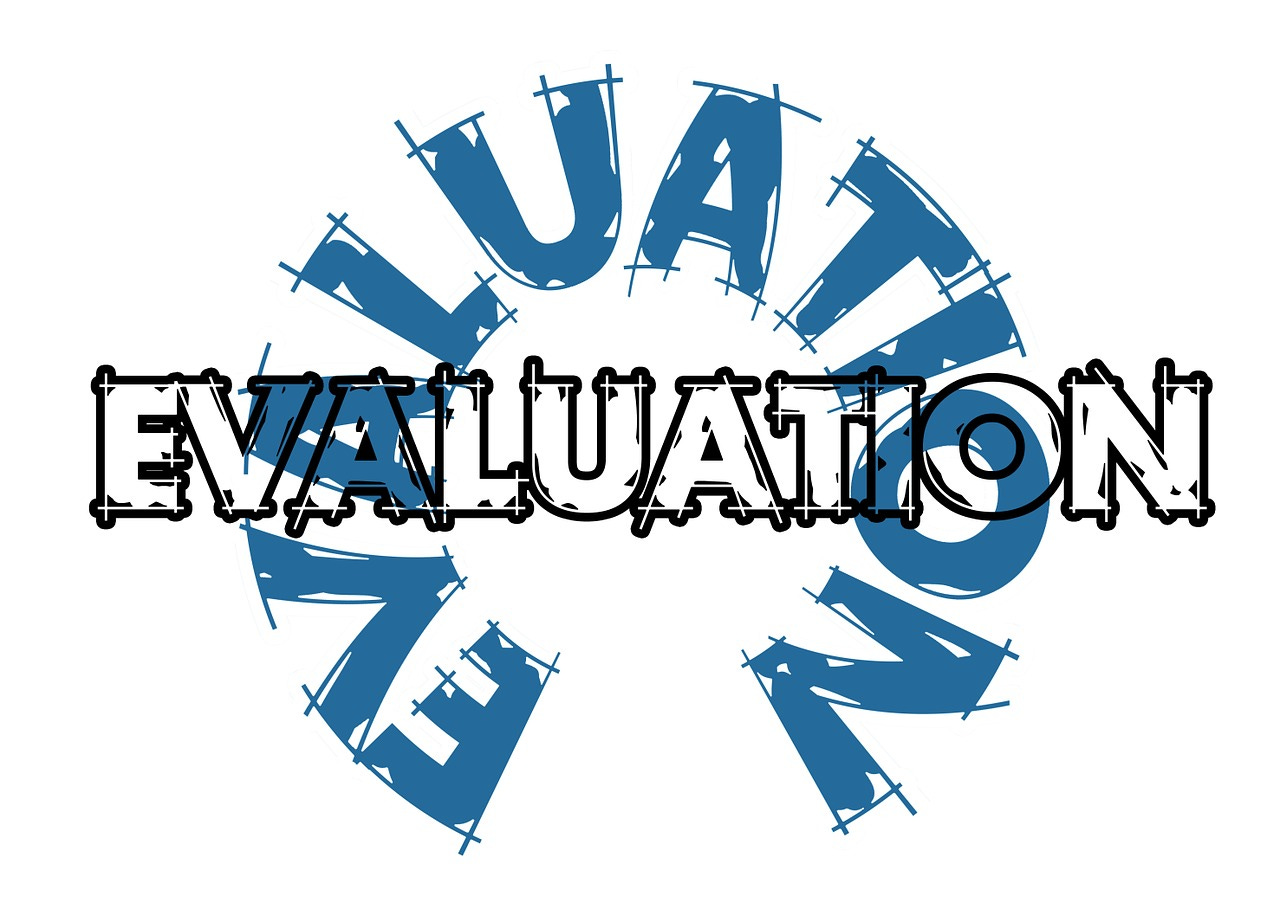PROJECT, PROJECT PLANNING AND MANAGEMENT
Projects are imperative to attaining urban development goals at the regional, national, and local levels. Projects represent the vehicle to drive urban development goals. A project is a temporary endeavour undertaken to accomplish a unique purpose. The attributes of a project are: it has a unique purpose, is temporary, requires resources, has a primary sponsor or customer, and involves some level of uncertainty.
Project management is the application of knowledge, skills, tools, and techniques to project activities to meet specific goals set by the project stakeholders. The management of a project is to ensure that the project is delivered to specification in respect of cost, time and quality. Project planning and management play an essential role in guiding stakeholders, sponsors, teams, and project managers through project phases. Robust project planning is imperative to identify desired goals, reduce risks, avoid missed deadlines, and ultimately deliver private or public projects to expectations.
For urban and regional planning practice, project planning and management help to enhance the selection of projects for physical development planning; ensure more efficient resource allocation for urban development projects; reduce the rate of urban development project failure; identify and reduce potential urban development project risks; reduces urban development project costs overrun; improve quality of project deliverables and enhance active involvement (beyond tokenism) and satisfaction of various project stakeholders.
URBAN DEVELOPMENT PROJECT FORMATION FACTORS
Effective project formation and execution are central to attaining urban development goals. To ensure an effective project formulation and execution process, certain factors need to be considered; these include technical, financial, legal, economic, and social factors. These factors are briefly examined as follows:
Technical Consideration: This focuses on the technical resources available to execute the project and whether the technical team has the technical know-how to implement the project.
Economic Consideration: This involves a cost/ benefits analysis of the project and an assessment of the broader economic status of the proposed project location. This helps to determine the cost, and benefits associated with a project before financial resources are allocated. Also, it helps to determine the capacity of the proposed location's local economy to sustain the proposed project.
Legal Consideration: This investigates whether any aspect of the proposed project conflicts with extant legal provisions operational in areas where a project is proposed. Some of these include urban planning zoning regulations, environmental laws and also other business regulations and requirements.
Environmental Consideration: Is the project environmentally compatible with the proposed location? Can the impact of the project be mitigated? These among other environmental considerations need to be addressed.
Political Consideration: Does this project align with the current government developmental direction?
Financial Consideration: This considers the fund availability and requirements for the proposed project.
Market Consideration: Will the project be acceptable in the market? Will the project have the market demand required to sustain its operations?
Social-cultural Consideration: Does the project align with the social norms and cultural practices of the settlements proposed for the project? Different settlements have their cultural practices, and for any proposed project to be successful it needs to consider these norms and cultural practices for effective alignment.
URBAN PROJECT AND PLANNING EVALUATION
Planning as a discipline is concerned with decision-making to effect change in the future. Urban planning proposed decisions need to be evaluated to determine whether they align with the objective the planner had in mind; whether the plans could be implemented or to select the most suitable out of different options available. Dalia Lichfield noted that “good planning practice will normally require the presentation of options and comparison of their merits before selecting a particular strategy”1
Evaluation is a process that critically examines a planning course of action. It involves collecting and analysing information about a given planning course of action/urban development project activities, characteristics, and outcomes. Evaluation by urban planners, business executives or public policymakers is to make judgments on the right course of action, in essence, to improve the decision-making process. Project evaluation is a decision-making tool. Urban planning plan evaluation or general evaluation could be broadly categorised into two classes, these are ex-ante or ex-post.
Ex-ante evaluation is carried out before urban development plan implementation or business investment action. Ex-ante evaluation is a process that supports the preparation of proposals for new a project or course of action. Ex-post evaluation is carried out after urban development plan implementation or execution of public policy or business investment. It is the review of a taken-action outcome. It helps to determine if the course of action objectives have been met and what are lessons to be learnt that could be incorporated into future decisions.
URBAN PLANNING EVALUATION TECHNIQUES
Checklist Approach: This involves the identification and collection of major relevant factors; determining the relative values, the plan/course of action is scored according to the degree of achievement of the relevant performance objective and then there is a summation of the factor points earned by each plan/course of action under consideration. After this process, a selection is made for the most suitable project/course of action.
Cost Benefits Analysis (CBA): This involves the assessment of the cost and benefits dimension of a proposed project, course of action or public policy. Cost Cost-benefit analysis is often used for public sector projects. The CBA process involves estimating the costs of project implementation and comparing it against the benefits of the project over a long period.
Planning Balance Sheet Analysis (PBSA): This is a modification of BCA to address its shortcomings. Planning Balance Sheet Analysis identify and separate the impacts of different alternatives for different groups (producers and consumers). Costs and benefits are expressed in monetary terms if possible, but may otherwise be entered in any physical measurement unit or score, or even in descriptive terms.
Cost-Effectiveness Analysis (CEA): This is primarily an ex-post evaluation tool. It compares the relative expenditures and outcomes of two or more plans or courses of action with similar purposes. It is considered an alternative to cost-benefit analysis (CBA) and useful when there are procedural constraints to the usage of cost-benefit analysis, most especially the inability to monetise project, public policy or course of action benefits.
Goals Achievement Matrix (GAM): GAM is an ex-ante evaluation method. In this evaluation method, the relevant goals of a given plan are all identified, considered and weighted, this indicates the level of importance of these objectives.
Financial Evaluation (Payback Period, Average Rate of Return, Net Present Value, Internal Rate of Return): Financial project evaluation techniques include those that do not consider the time value of money (non-discounted cash flow methods) and those that consider the time value of money (discounted cash flow methods). Financial evaluation types have different advantages and disadvantages. Payback period advantages include its simple nature of the calculation, emphasis on quick returns and focus on cash, however, this evaluation method ignores the time value of money, does not explicitly consider risk, and focuses less on project profitability. The accounting rate of return is also simple to calculate and expressed in percentages which makes it easily understandable, however, it ignores the time value of money. Discounted cash methods consider the time value of money, based on cash flow and consider the whole life of a given project. However, it is difficult to explain, to calculate, that there are challenges of future projection and results presented in figures, not percentages.
PROJECT SELECTION
Project selection is a process of assessing a project idea and selecting the project idea with better outcomes. Effective and efficient selection of projects is important to optimise project outcomes in both the public and private sectors. Some of the factors for project selection include the purpose of the project initiating organisation, the basis for the project; the feasibility of the project, and the political and economic environment of the proposed project.
URBAN DEVELOPMENT PROJECT IMPLEMENTATION PHASES
Initiation and Planning: This stage involves coming up with project ideas, selecting project types and planning for how to execute the project by generating different implementation plans.
Execution: This is where the project team implements the plans generated at the initiation and planning stage. The project manager liaises with project owner(s) and stakeholders on the different courses of action and project deliverables are generated.
Project Monitoring and Control: Project monitoring and control involves ensuring that task deadlines are met and costs are within the allocated budgets.
Project Closing: This involves the formal completion/execution of different phases of a given project. For urban development projects such as preparation of urban development (e.g. Masterplan, Local Plan) the final report is submitted to the project sponsor. A thorough project closure is expected to be carried out resulting in the generation of a lesson learnt report. From this report, insights are to be drawn for future project planning and implementation.
PROJECT FEASIBILITY STUDY
Project feasibility analysis is used to determine the viability of a project idea, such as ensuring a project is legally, technically feasible, and economically justifiable. It tells us whether a project is worth the investment. The feasibility of a given project needs to be examined concerning market, technical, financial, economic and legal characteristics.
Market Analysis: This s is primarily concerned with the expected demand for the proposed product/service and the market share expected to be captured.
Financial Analysis: This is to ascertain whether the proposed project will be financially viable and whether the proposed project will provide a good return on investment for the project sponsor(s).
Technical Analysis: The issues involved assessing the availability of the technical know-how for the selected project.
Economic Analysis: This is concerned with whether the capital cost and the cost of the product are justifiable.
Legal and Administrative: This involves the assessment of the prevailing legal framework in the project environment, the different laws in operation and their implications on the proposed project/business venture.
PUBLIC-PRIVATE PARTNERSHIP
A public-private partnership can be described as a cooperation between the public and the private sector in which the government and the private sector jointly carry out a project based on an agreed-upon division of tasks and risks, with each party retaining its own identity and responsibilities, level of risk transfer, investment level, and the desired outcome. There are different variants of public-private partnerships; these include Build-Operate-Transfer (BOT), Build-Own-Operate (BOO), Build-Own-Operate-Transfer (BOOT), Design-Build-Finance (DBF), and Design-Build-Finance-Operate (DBFO)
REQUEST FOR PROPOSAL
A request for proposal (RFP) is a document that solicits proposals from urban planning consultants or consultants in other fields (accountancy, tax, healthcare, etc). An RFP is used where the request requires technical expertise and specialised capability. The proposals are used to evaluate the suitability of consultants for the proposed project. A proposal is crucial to a firm; it is the primary tool to solicit a business or project. In most situations, the cost of preparing a proposal is borne by the consulting firm.
Proposal Type: Solicited and Unsolicited
A proposal could be a solicited proposal or an unsolicited proposal. A solicited proposal has an Expression of Interest/Request for Proposal. A solicited proposal is requested by the project sponsor. However, for unsolicited proposals, the proposal is generated by the planning consultant at no request by any agency or project sponsor but based on his/her quest to address identified issues. The consultant takes steps to submit the proposal to the appropriate agency or expected project sponsor.
Proposal Form: Technical and Financial
A proposal is usually submitted in part, these are a technical proposal and a financial proposal. Technical aspects of the project proposal focus on the procedural details of the project at hand. It is a statement by the prospective consulting firm as to how it intends to address the project issues/problems being prospected. Financial aspects of a proposal focus on the cost, such as fees, payment schedule, re-reimbursable etc. A financial proposal contains all costs to be incurred by the consulting firm with justification for each of them.
Proposal Form: Content
Typical contents of a proposal include a Letter of Introduction; Introduction; approaches to be adopted for the project; deliverables, a list of expected professionals for the project (name, qualification & designation), professional fee, project work schedule, consulting firm profile, detailed profile key project team member, and appendices (if necessary), this includes professional certification of key project team member, professional registration of the firm, and past project testimonials among others.
Dalia Lichfield, Lichfield Planning, Integrated Planning Consultancy, London “From Impact Evaluation to Dynamic Planning: An Integrated Concept and Practice” in Evaluation in Planning, E. R. Alexander 2006.







